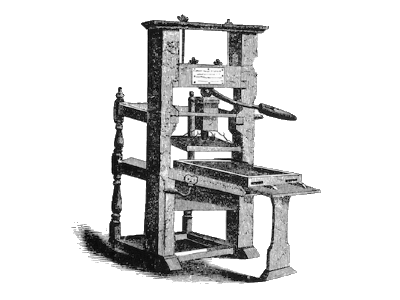So you’ve finally finished writing your book— you poured your heart and soul into the writing and spent countless hours editing and revising.
Perhaps it’s been a lifelong dream—and now you want to get it published. What do you do next?
Maybe you’ve done your homework on the do’s and don’ts of publishing a book, and you’ve found so much conflicting advice that you’re overwhelmed.
How do you decide your next step?
In simple terms, you have two options:
Traditional publishing
Self-publishing
Which is best for you?
Traditional publishers take all the risks. They pay for everything from editing, proofreading, typesetting, printing, binding, cover art and design, promotion, advertising, warehousing, shipping, billing, and paying author royalties.
- But landing a book deal is rare. Thousands of writers flood agents and publishers with proposals every day.
- It can be a slow process—from nine months to two or more years from signing a deal to actually releasing the book.
- You may have creative input but little control over the process. Traditional publishers take all the financial risks, so they reserve the right to final decisions on everything from the cover and interior design to the title, pricing, and promotion. They get the final say. On everything.
- Too many writers overestimate the potential income. While you read about seven-figure deals and multi-million dollar bestsellers, these are as rare as lottery winners. The vast majority of books don’t make up the royalty advance and thus never pay more.
When Self-publishing, everything is on you, regardless of what services or suppliers you use to have your book printed. You are the publisher, the financier, the decision-maker.
Everything listed above under Traditional publishing falls to you. You decide who does it, you approve or reject it, and you pay for it.
- Anyone can do it. The market is glutted, as literally thousands self-publish daily.
- Everything falls to you, from page numbers to fulfilling orders. If you don’t do it, it doesn’t get done.
- Lower visibility and exposure. Though local bookstores might display your book on consignment, few others will—regardless of what distribution companies promise. Some experts say only 5% of all published books actually reach bookstore shelves.
- Self-publishing predators promise the world and often deliver very little. Do your homework. Get recommendations. Ask questions.
The term self-publishing is a bit of a misnomer, however, because what you’re paying for is not publishing, but printing. Most self-published paperback and hardback books are published as print-on-demand (POD), where a copy is only printed once ordered and paid for. Author copies for private sale/distribution can be purchased at printing cost once the book is published.
So, the question becomes, why pay to be printed if you could be paid to be published?
The drawback then is that as a self-publisher, you have vastly less experience promoting, advertising, marketing, selling, delivering, and billing than traditional publishers do.
That said, self-publishing may be your choice under certain circumstances. Such as:
- You’ve exhausted your efforts to land a traditional deal. Not that your writing is inferior. It could merely mean that your audience is limited, making your book a less viable business proposition to a traditional publisher.
- You’re in a profession or in some similar occupation where you must “publish or perish,” but your area of expertise is so obscure that your books would not likely be commercial successes on a mass scale.
If a “publisher” requires any money from you—even a minimum number of copies purchased—they are not a traditional publisher.
They might refer to themself as a co-op or a hybrid publisher, and they might even insist that they accept some manuscripts and reject others, but they are not traditional publishers.
Many vanity or subsidy or hybrid self-publishing suppliers have beautiful websites, rave reviews, and examples of beautifully produced books that will entice you to jump in.
They’ll offer all the services listed above, but if you decide not to take advantage of those, you’ll pay less but also wind up with an inferior final product.
Regardless of whether you choose to compete for a traditional publishing deal or self-publish, give everything you have to your writing. Hone your skills. Read everything you can get your hands on about the craft.
Your reader deserves it.
And so do you.
Visit grigsonpublishing.com if you wish to self-publish your book.
How To Publish a Book: My Ultimate Guide From 40+ Years of Experience by Jerry Jenkins – was used as a reference.
